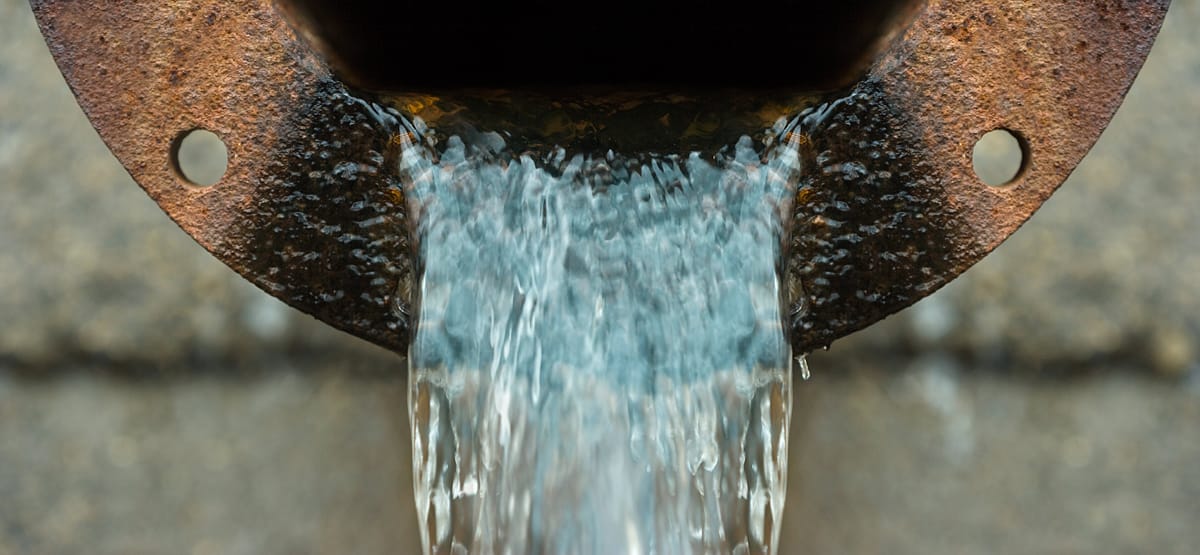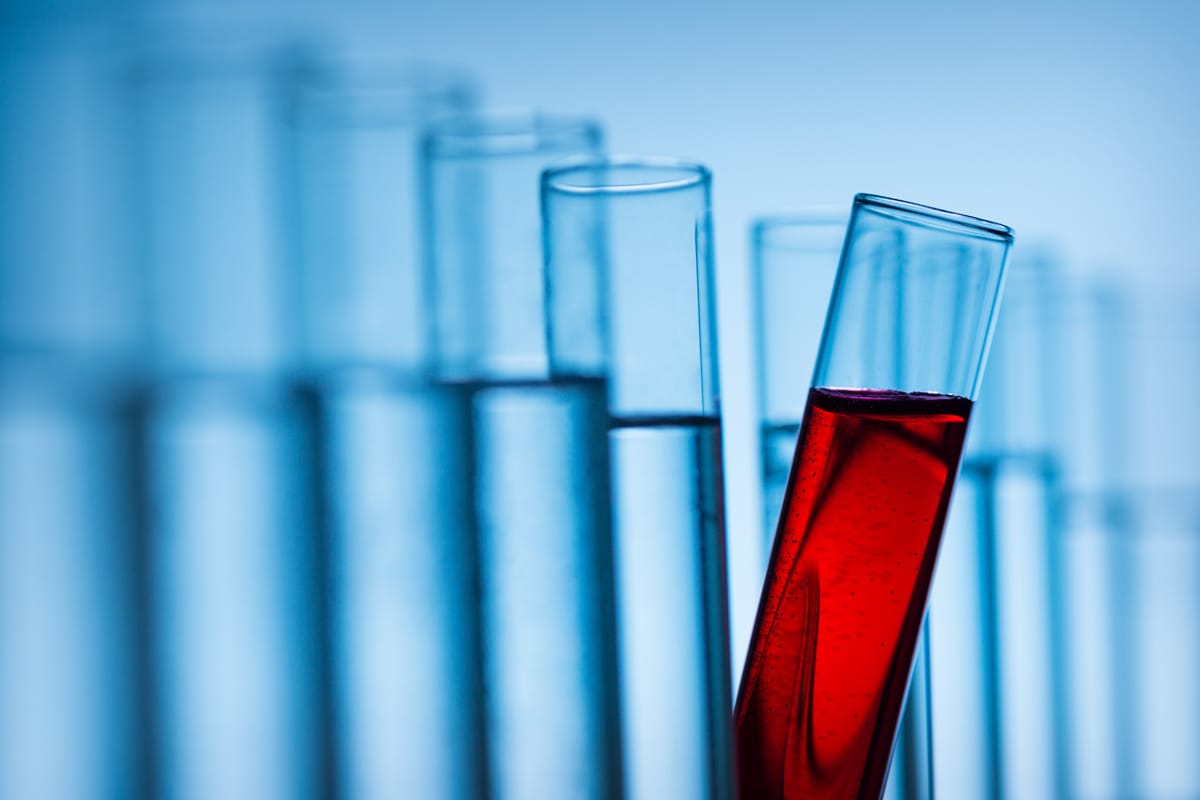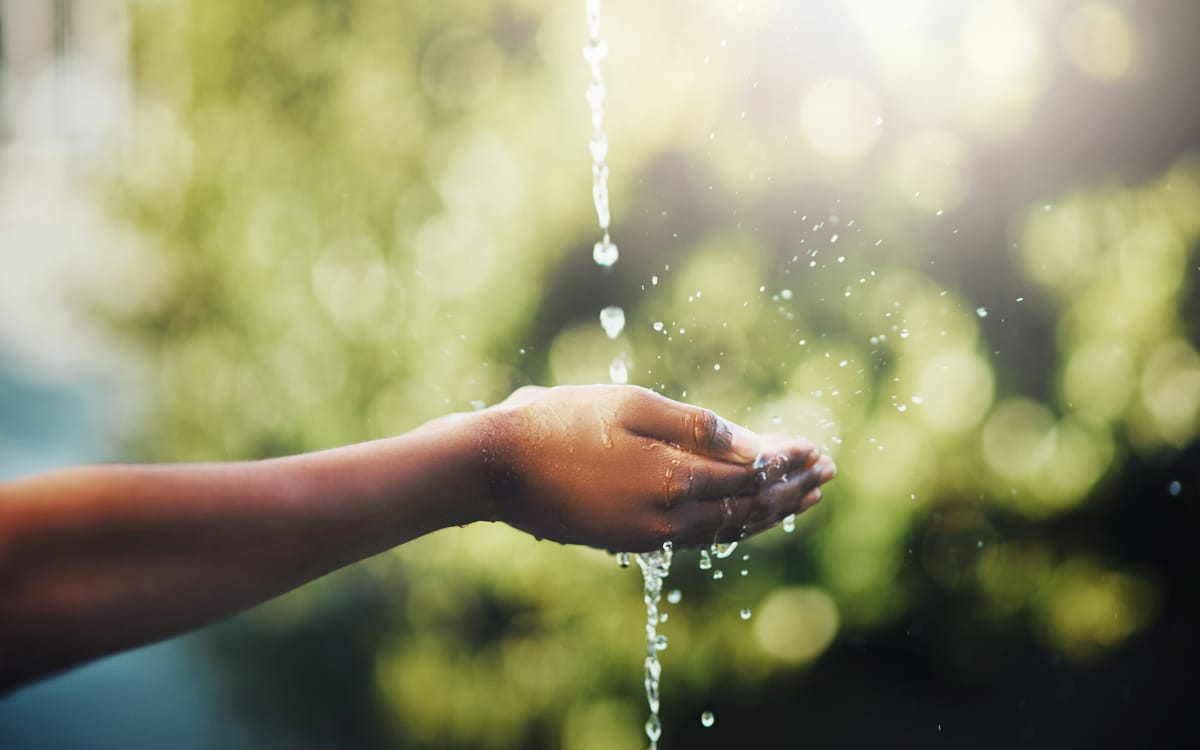Don’t Drink The Water At Hotel California

According to a new study in the peer-reviewed journal, Environmental Health, cancer cases in California could increase to over 15,000 in 70 years. The culprit? You guessed it. California’s toxic tap water.
THE NITTY GRITTY
USA Today reported on these striking numbers shortly after the report’s release. Researchers from the Environmental Working Group, a nonprofit advocacy group, compiled data from almost 3,000 California water systems from 2011 to 2015. According to Today’s article, the study considered how drinking water pollutants interact to affect the human body instead of analyzing each pollutant individually. This fresh perspective began to give researchers the harrowing details about increased cancer cases. A quote in Today’s article states:
“Drinking water rarely contains only one contaminant, yet regulators currently assess the health hazards of tap water pollutants one by one,” the group said. “This ignores the combined effects of multiple pollutants, which is how people ingest them in the real world.”

ARSENIC IN DRINKING WATER
Unfortunately, the smallest communities ended up facing the largest risk, according to the study. After analyzing levels of carcinogens and toxic contaminants in their drinking supply, they found arsenic was to blame for the spike in cancer risk.
Arsenic is a natural chemical that is often found in groundwater. Arsenic poisoning, also called arsenicosis, can occur by swallowing, absorbing or inhaling the chemical. While ingesting very trace amounts of arsenic is not harmful, and while naturally occurring arsenic is generally safe, increased exposure can cause serious health problems such as cancer, liver disease, coma and death.
The World Health Organization (WHO) lists arsenic as one of their 10 chemicals of major public health concern. They have made this a public health priority due to many countries that are exposed to arsenic concentrations higher than WHO’s guideline value, 10 μg/L. What they mainly focus on is the contamination of groundwater, where it’s recognized that as many as 140 million people in 50 countries have been consuming arsenic in drinking water at unsafe levels.
SENDING SHOCKWAVES
The researchers found that arsenic contributed to over 7,000 estimated cancer cases out of their test group. Scary enough, Kelly Reynolds, director of the Environment, Exposure Science and Risk Assessment Center at the University of Arizona also stated that “there’s no safe level” of arsenic in drinking water. In addition, Today reported that:
“In 495 water systems affecting more than 3 million people, there was a cancer risk greater than 1 additional case per 1,000 people. In 1,177 systems, affecting more than 28 million people, there was a risk of 1 per 1,000 to 1 per 10,000 people.”
Also, among arsenic, the researchers found unsafe levels of disinfectant byproducts and hexavalent chromium, otherwise known as chromium-6 or the “Erin Brockovich” chemical. But, perhaps the most harrowing detail of the entire study was the fact that pollutants below their specific legal limits contributed to over 85% of the estimated cancer risk. Hopefully thanks to this study, legislation will lower these limits for the sake of citizen health.

STEPS IN THE RIGHT DIRECTION
Thanks to recent legislation, California is taking a step in the right direction towards cleaner, safer drinking water. Simultaneously, they’re taking a stand against harmful agricultural pesticides, a large contributor to water contamination.
Its name is chlorpyrifos, a controversial pesticide that has been widely blamed for damaging brain development in babies. Since State Environmental Secretary, Jared Blumenfeld, realized this contaminant was more dangerous than assumed, he called the legislation “overdue,” according to CBS News.
California isn’t the only state to take this monumental step. In fact, last year Hawaii banned it and within the last couple of months, New York suggested legislation concerning the outlaw of chlorpyrifos. According to CBS, chlorpyrifos are “organophosphates chemically similar to a nerve gas developed by Nazi Germany before World War II. Its heavy use has often left traces in drinking water sources.”
ITS EFFECTS ON HUMAN BEINGS
In fact, a study done by University of California at Berkeley in 2012 found that 87% of umbilical cord blood samples in newborn babies showed obvious levels of chlorpyrifos. This led lawmakers to believe that they had a real problem on their hands. Even so, many farmers and agricultural workers are not in favor of the ban because it is so effective in killing insects.
Yet, the chemical has been proven to stunt brain development in fetuses, affect reading ability, IQ, and caused hyperactivity in children, according to CBS. In addition, head sizes of newborn babies were shown to be smaller if the mothers were exposed to chlorpyrifos.
According to Dr. Gina Solomon, a medical professor at the University of California, San Francisco, and former deputy secretary of the California Environmental Protection Agency (CalEPA), she said in CBS’s article: “Many pesticides have been studied well in lab rats but in this case, we actually know what it does to people.”

BETTER WATER? BETTER BELIEVE IT.
While this legislation is a success for the state, and the wellbeing of the country, this ban could take a full two years to truly be in effect. Additionally, the banning of other harmful contaminates like arsenic have no pending legislation against them, despite their harmful health defects.
Luckily, you don’t have to settle for unsafe water that puts you or your family at risk. With companies like Primo® Water, we strive to provide better, safer water that helps you start healthy habits with ease. Thanks to our 5-step Reverse Osmosis (RO) purification system, you’re getting water without the worry. That means no harmful microorganisms, heavy metals, trace pharmaceuticals and more. Click here to find Primo Water near you.
Legislation is the key to our fight for better water, but it also starts with education. When we know our communities are at risk, we challenge ourselves to do something about it. And there is a lot that still needs to be done.
